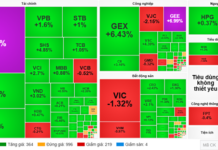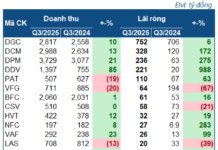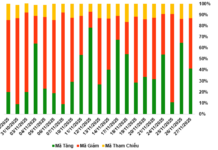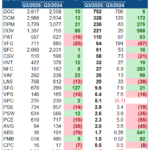According to the Savills Property Price Index (SPPI), in Q2/2025, the Ho Chi Minh City Residential Index continued to rise by 3 points quarterly and 8 points annually, reaching 134 points—the highest since its inception. Both primary and secondary markets recorded price increases, particularly in projects with pink books or sales contracts. Primary prices rose by 7% year-on-year, driven by new projects in District 2 and the reintroduction of Class A units in District 1. Secondary prices increased across most districts, led by the Eastern and Southern regions of the city.
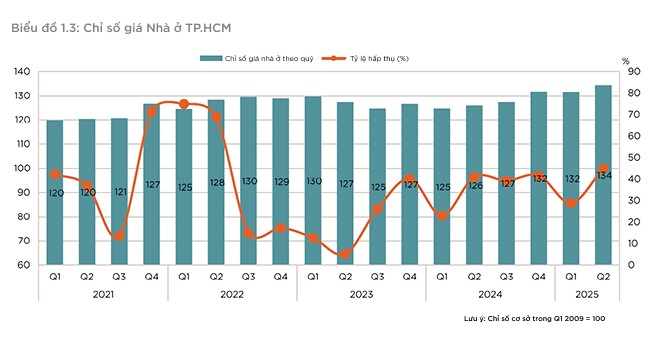
The market is supported by public infrastructure investment and low-interest rates, though new supply remains limited. Absorption rates were moderate at 45%, with over 2,400 units transacted. High prices have pushed many buyers toward neighboring areas like Binh Duong and Long An, where affordable housing options are more abundant.
Planning and Infrastructure: Key to Balancing Ho Chi Minh City’s Housing Market
At the first meeting of the Central Steering Committee on Housing Policy and Real Estate Market, Prime Minister Pham Minh Chinh questioned, “Why do apartment prices keep rising and remain high?” He urged ministries to propose concrete solutions.
This question highlights the persistent challenges in urban housing, particularly in Ho Chi Minh City. Savills Vietnam notes that while the city’s housing market grows due to sustainable demand and infrastructure development, fundamental factors like planning, procedures, and financial support mechanisms are crucial for long-term supply-demand balance and price control.
Ms. Cao Thi Thanh Huong, Senior Manager of Research at Savills Vietnam, stated, “The issue of homeownership or meeting housing needs isn’t just about affordability; it’s about national socioeconomic policy planning. The government can’t directly intervene in property pricing strategies but should address legal barriers, plan new economic zones, and invest in infrastructure to promote even urbanization and population dispersal.”
Savills reports that legal hurdles continue to constrain Ho Chi Minh City’s housing supply, while real demand remains high. This mismatch keeps prices elevated, despite market stability. Infrastructure investment and population dispersal are seen as key solutions to reduce pressure on the city center. The Metro Line 1, operational since March 2025, has cut travel time from central Ho Chi Minh City to Binh Duong to 20-30 minutes, fostering new residential and commercial hubs outside the core area.
“Many countries have learned this the hard way: successful population dispersal starts with infrastructure and urbanization,” said Ms. Huong. “Aligning socioeconomic planning with infrastructure allows for quicker development of commercial and social housing along transport corridors, diversifying supply for buyers.”
Financial support policies are equally vital for expanding housing access. The government is studying the establishment of a National Housing Fund, modeled after successful programs in Singapore and South Korea. Ms. Huong believes this will benefit both buyers and developers. “It’s a win-win,” she explained. “Buyers get affordable financing, and developers gain investment incentives and access to planned land. When both sides benefit, the market becomes more balanced and sustainable.”
Savills concludes that with synchronized infrastructure, planning, and financial mechanisms, Ho Chi Minh City can address population dispersal, balance supply and demand, and stabilize housing prices long-term. Expanding urban connectivity will redistribute population density and create development opportunities for real buyers. “To solve the housing issue at its core, it must be approached as a policy and planning matter, not just a market business concern,” Ms. Huong concluded.
Duong Duong
Ho Chi Minh City Prioritizes Businesses as the Core of Its Service Ecosystem
The city government is committed to standing alongside businesses, actively listening to their feedback, and implementing administrative reforms centered around serving their needs.

